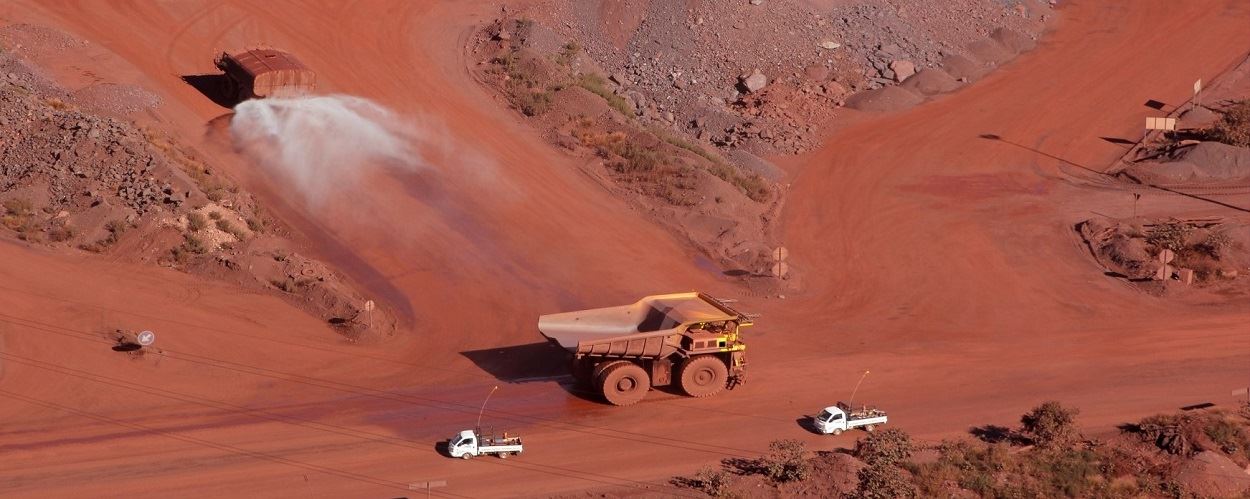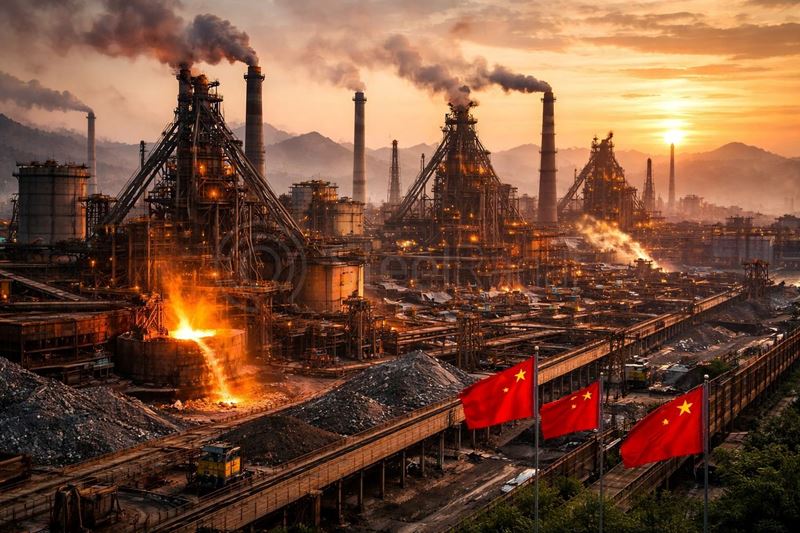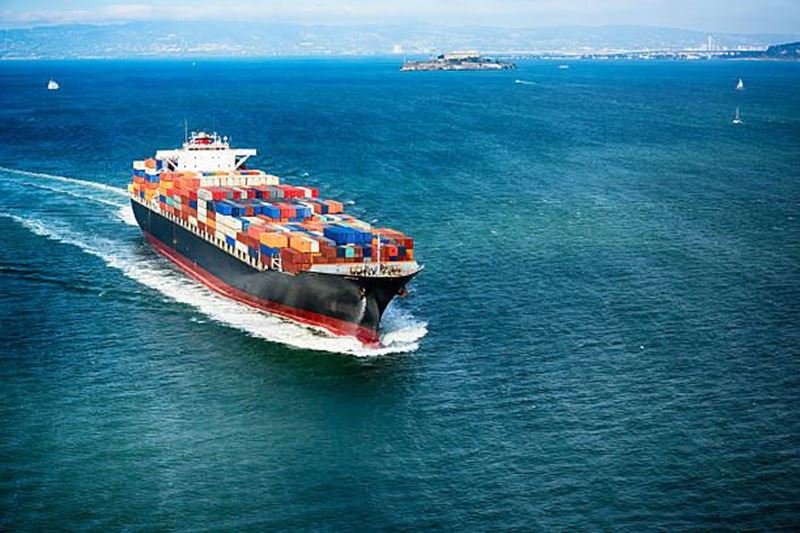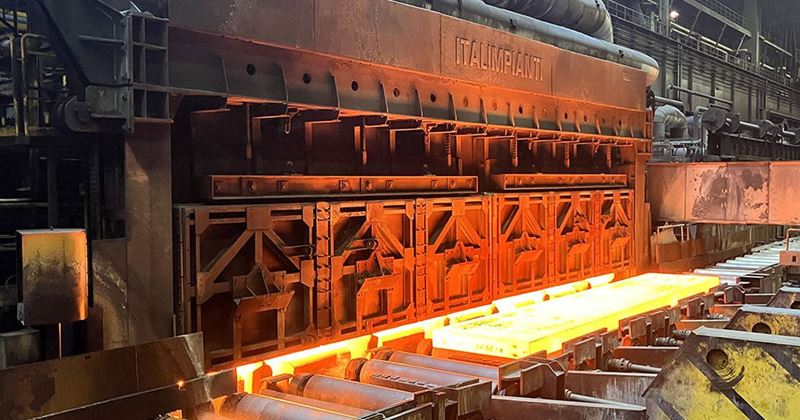In China, the world's largest steel producer, most mills use some scrap in production as it increases productivity. However, due to weak construction activities in China, less scrap is generated, which reduces supply and makes scrap more expensive.
China's scrap consumption is estimated to have decreased by about 11% to 110 million mt in the first half of the year.
Experts predict that iron ore imports, up from 1.11 billion tons last year, will increase by 40 to 60 million metric tons, or 5.4%, this year. The low scrap consumption in the first half is expected to continue in the second half.
China relies on imports for around 80% of its total consumption, and domestic supply cannot compensate for the strong demand for iron ore.
Iron ore supplies, especially from Brazil and India, are expected to easily cover China's low scrap usage.
After the country abolished export duty on low-grade iron ore last November, imports from India are expected to increase by 15 to 20 million mt, experts said.
According to customs data, China's iron ore imports in the first half of 2023 reached a record 576.14 million mt, up 7.7 percent from a year ago.
Strong demand supports global iron ore prices, even as China's massive steel industry struggles with weak domestic demand.
The settlement price for SZZFQ3, the most traded futures contract on the Singapore exchange, was $109.92 per metric ton, up 23.5% from a year ago.









Comments
No comment yet.